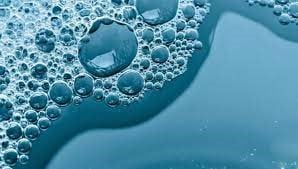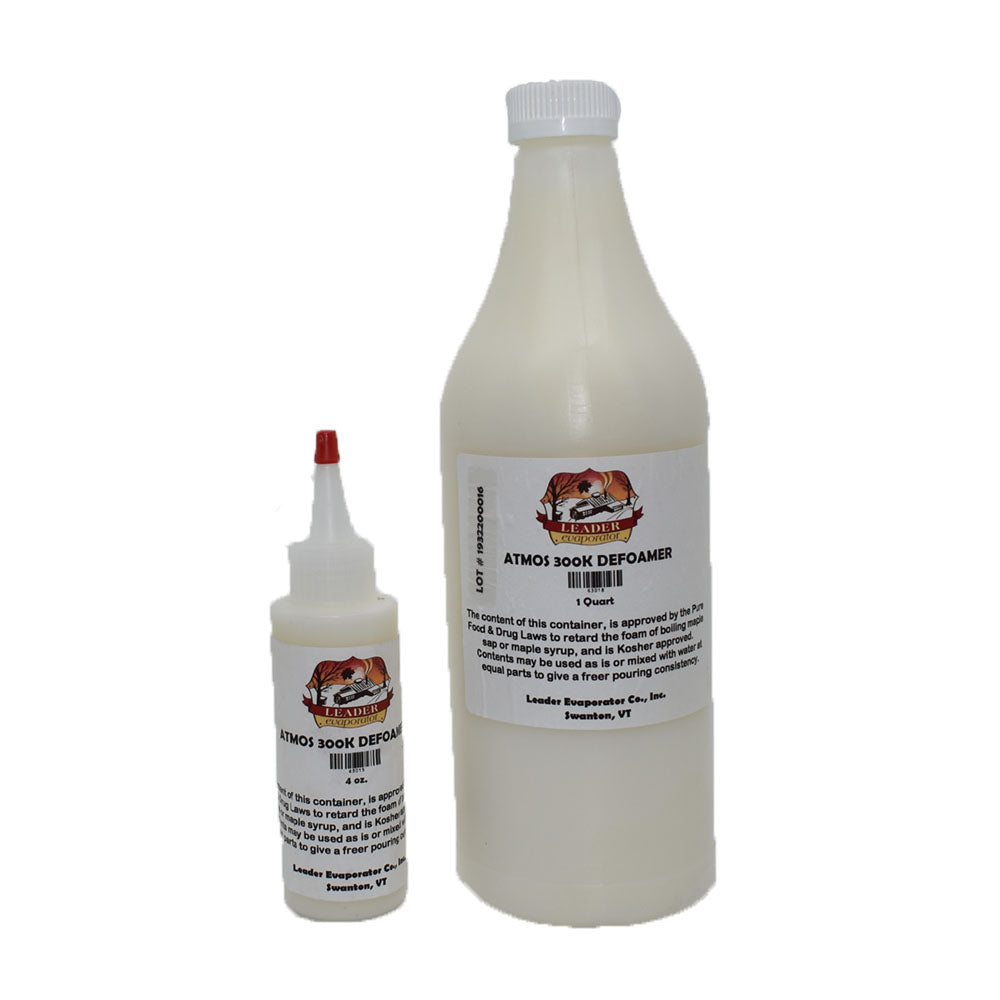A Guide to Understanding the Different Types of Defoamers Available
A Guide to Understanding the Different Types of Defoamers Available
Blog Article
Exactly How Defoamers Improve Efficiency in Production and Manufacturing

Comprehending Defoamers
Defoamers play an essential function in numerous making procedures by successfully combating the formation of foam, which can interfere with procedures and affect product high quality. Foam can arise in many contexts, such as during blending, heating, or chain reactions, possibly leading to inadequacies and disparities in products. The device whereby defoamers run generally entails minimizing the surface area tension of the fluid, permitting bubbles to rise and integrate to the surface much more conveniently, where they can after that rupture.
Defoamers are formulated from a range of chemical compounds, including natural materials, silicones, and surfactants, each tailored to specific applications and processes. The option of defoamer depends on factors such as the sort of product being processed, temperature, and the visibility of other ingredients. Effective defoamers not only lessen foam formation yet also keep compatibility with the item, guaranteeing that there are no negative effects on the final result. Comprehending the properties and features of defoamers is vital for manufacturers intending to optimize their processes, improve efficiency, and preserve the stability of their items.
Key Advantages of Defoamers
Using defoamers in producing processes uses a series of significant advantages that enhance functional effectiveness and product high quality. One of the primary benefits is the reduction of foam formation throughout production, which can obstruct machinery and disrupt workflows. By lessening foam, defoamers make certain smoother procedures, bring about lowered downtime and maintenance prices.
Furthermore, defoamers enhance product uniformity by stopping air entrapment, which can compromise the stability of the end product. This is specifically vital in markets where aesthetic appearance and structure are essential, such as in paints, layers, and foodstuff. Improved item top quality not just meets customer assumptions but also strengthens brand online reputation.
Furthermore, defoamers can aid in enhancing source use. By enhancing the efficiency of basic material utilization, they add to cost financial savings and lowered waste, lining up with sustainability goals. Finally, the application of defoamers can cause shorter processing times, enabling suppliers to boost manufacturing ability without substantial capital expense - defoamers.
Applications in Different Industries
In producing processes throughout various industries, the application of defoamers plays a critical function in boosting performance and item quality. These chemical ingredients are utilized in fields such as food and drink, drugs, and fabrics to minimize foam-related challenges.
In the food and beverage sector, defoamers are vital during the fermentation procedure, avoiding foaming that can disrupt production and spoil the item's stability. In the pharmaceutical field, defoamers are made use of in the formulation of fluid medicines, making certain harmony and stability while lessening waste.
Textile production also gains from defoamers, as they are used in coloring and finishing processes to advertise also distribution of dyes and chemicals. This application not only enhances the end product's appearance but additionally decreases the quantity of water and power consumed throughout manufacturing.
Furthermore, in the paper and pulp industry, defoamers aid preserve procedure efficiency by minimizing foam that can prevent machinery performance. Generally, the diverse applications of defoamers across these industries emphasize their relevance in enhancing production procedures and delivering top quality items.

Choosing the Right Defoamer
Choosing a suitable defoamer is vital for making best use of efficiency and quality in manufacturing processes. The choice of defoamer depends on numerous elements, including the certain application, the sort of foam being created, and the formulation of the item being manufactured.

To official website start with, consider the chemical compatibility of the defoamer with various other active ingredients in your formula. A defoamer that connects negatively with various other components can adversely influence item high quality. Furthermore, the temperature and pH array during processing are vital; some defoamers do ideally under specific conditions while ending up being ineffective in others.
Second of all, assess the defoamer's efficiency features, such as its capability to rapidly decrease foam and its determination during production. It is essential to choose a product that not just gets rid of foam swiftly however also preserves its performance over time.
Last but not least, consider ecological and regulative variables, especially if your manufacturing process undergoes stringent conformity standards. Picking a low-toxicity or biodegradable defoamer why not try these out can help meet sustainability goals while making certain functional performance. By thoughtfully analyzing these requirements, manufacturers can make educated decisions that enhance productivity and item honesty.
Ideal Practices for Implementation
Effective application of defoamers in making procedures calls for mindful planning and adherence to best methods. Selecting the best defoamer, as previously talked about, is essential; guarantee it is suitable with the materials included and resolves the determined lathering problems effectively.
Following, maintain clear interaction with all stakeholders, consisting of drivers and quality assurance teams. Educating sessions can help make sure that every person recognizes the dosing procedures, potential effect on item top quality, and security considerations. Executing a test phase can also be useful; screen performance carefully to determine performance and make needed adjustments.
In addition, routine screening and tracking of foam degrees can supply beneficial understandings into the defoamer's performance over time. Adjusting does in response to adjustments in manufacturing variables will help maintain optimal efficiency - defoamers. Finally, recording all procedures and results promotes continuous enhancement, permitting for fine-tuning of defoamer use and boosting general performance in manufacturing operations.
Conclusion
In summary, defoamers play a critical function in enhancing performance within production and manufacturing procedures. By decreasing foam formation and promoting bubble coalescence, defoamers add to improved product high quality, consistency, and functional effectiveness. Their application across various sectors highlights their convenience and relevance in optimizing source use and lowering processing times. Eventually, the calculated implementation of defoamers allows suppliers to boost manufacturing ability efficiently, thereby fulfilling client expectations and attaining cost financial savings.
The advantages prolong to product top quality and visit this page cost savings, as defoamers assist enhance procedures.Defoamers play a crucial role in various making procedures by properly combating the formation of foam, which can disrupt procedures and impact item top quality. Understanding the buildings and features of defoamers is vital for producers aiming to enhance their procedures, improve efficiency, and preserve the integrity of their items.
Making use of defoamers in producing processes uses an array of significant advantages that boost functional performance and product top quality.Additionally, defoamers enhance item uniformity by preventing air entrapment, which can endanger the stability of the last item.
Report this page